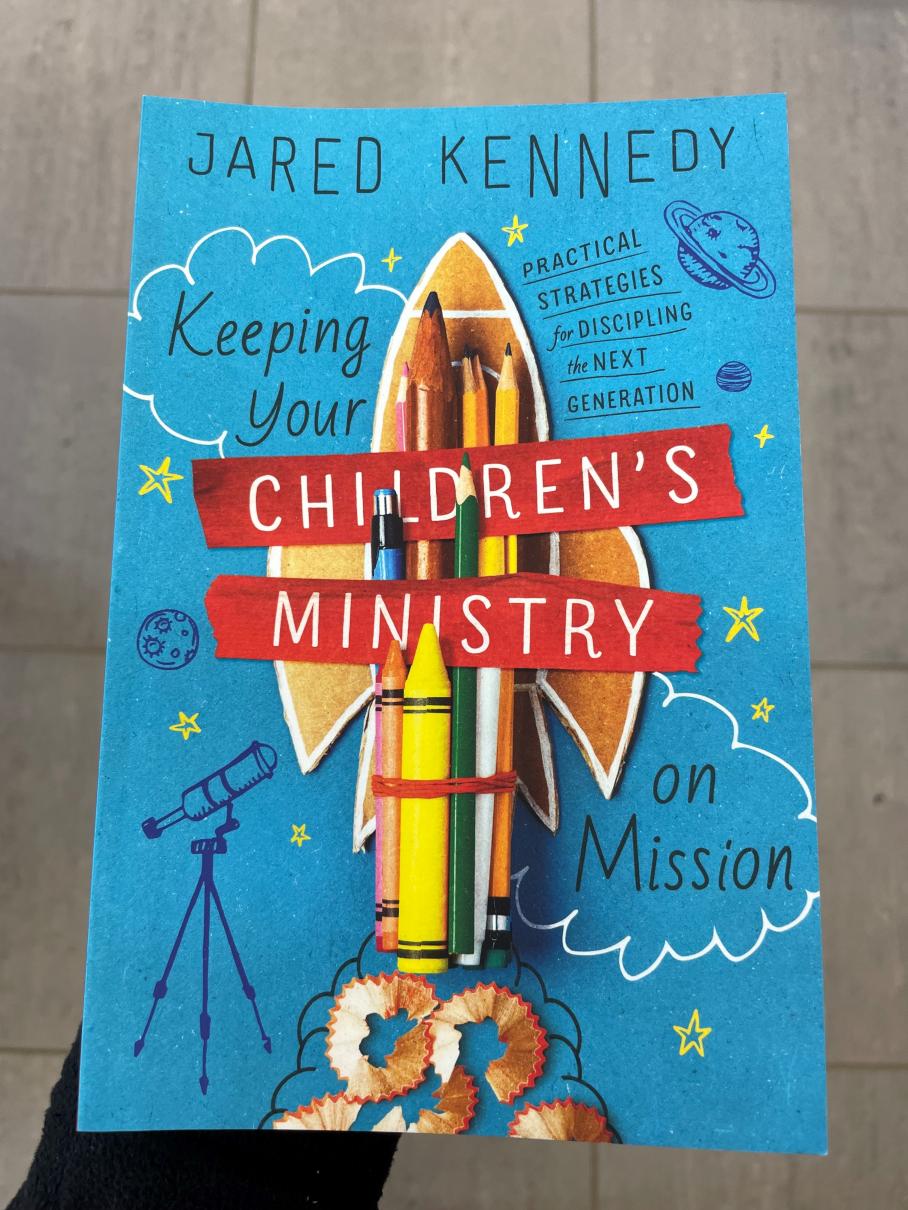Let's Read: Telling The Greatest Story

Let's Read: Telling The Greatest Story
By Claire McNabb
My granda is a wonderful storyteller. As a child I remember that he was hardly able to sit down on the sofa at our house before my brothers had climbed up on his knee and asked for the next instalment in whatever story he had been telling them the last time he visited. Children are fascinated by stories—and if we’re honest, so are adults. The Bible is full of stories, but is that all they are? How should we teach them? How will the variety of children in front of us best learn from them? Chapters 5-7 highlight different ways we can teach the Bible to children, and some things we should be mindful of as we teach.
Kennedy explains that the example lesson, the God-centred lesson and the gospel centred lesson are all legitimate ways we can teach the Bible to children. The example lesson shows children what to do (be brave), or who to be like (be like David), but it doesn’t teach them much about God. The God-centred lesson helps children to see that God is the main character in the story but we all know people who “know the truth with their head but who haven’t had it affect their hearts” (p.94). Kennedy proposes that the best way is to teach the gospel centred lesson in which we need to understand the passage in context; what did this mean to the original hearers and how does it relate to the Bible’s larger storyline. I thought Machowski’s simple questions help to break this down: Who needs the good news in this story? How do we help our kids to relate to them? Once we see how God helps his needy people in that story, “how does God do the same for us—only better—in Jesus?” (p.96).
Chapter 6 takes the grid from chapter 5 (p.98), and the questions and fleshes it out very helpfully using the story of King Nebuchadnezzar. It’s my hope that as you prepare lessons for your children and young people that this chapter will be a very useful tool. I have found that, like Kennedy, children benefit from being taught one key truth, and that it usually involves repeating it multiple times throughout the lesson with me! Kennedy draws on a quotation by Spurgeon about every passage in Scripture having a road that leads to Jesus and it’s our job to help those we are responsible for to find that road and meet Jesus. So, we now understand what we should be focussing on and what questions to ask of the text but how do we communicate that to the children sitting in front of us?
No two children are the same! Children all learn differently—it’s important to acknowledge this and then let it influence the way in which we teach. Chapter 7 highlights four different learning styles. You can look at the grid on page 120 to remind yourself of these. The thing that struck me the most was the question within each style. Some children, usually the more imaginative learners, need to understand why they need to know something, for others (who prefer a more analytic style) it’s the what they need to know that intrigues them. For pragmatic learners they want to understand how a particular truth works, while dynamic learners want to know what if they put this truth in to practice. You probably know what kind of learner you are – a visual, auditory or kinaesthetic learner and it’s important to incorporate all of these styles throughout your teaching in order to reach all of the children. That sounds like a lot of theory and hard work, but take some time during your preparation to think of small ways to do this. For example, why not make visuals or have things to colour for your visual learners? You might ask children to repeat certain phrases after you (auditory learners), or you might pass around something to feel/smell/taste for the kinaesthetic learners that relates to your story. I remember hearing of a lady who was teaching on the life of John the Baptist and she had brought in honey for the children to taste and had some dried locusts to show them. I’m not saying these all need to be included in every lesson, but it’s worth thinking about how they could be used.
We want to engage the children in all that we do but “we’re seeking to help kids see that biblical truth is practical and of immediate importance for their lives” (p.120).





